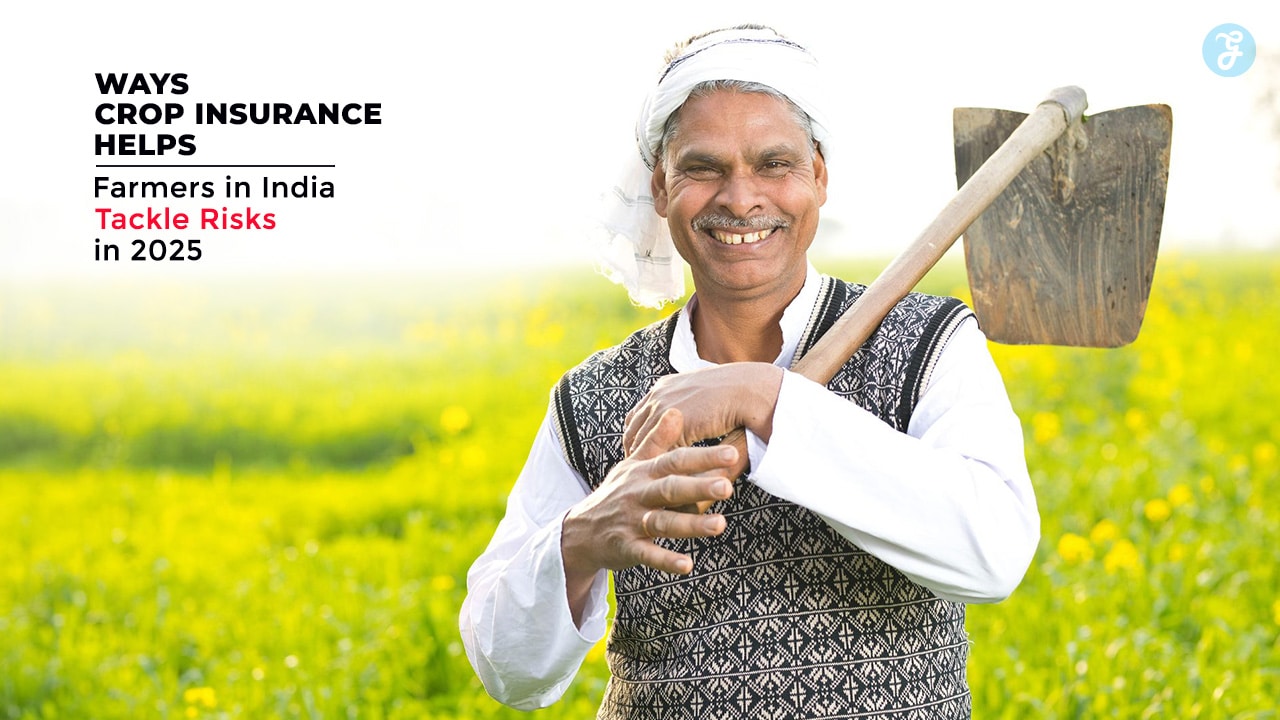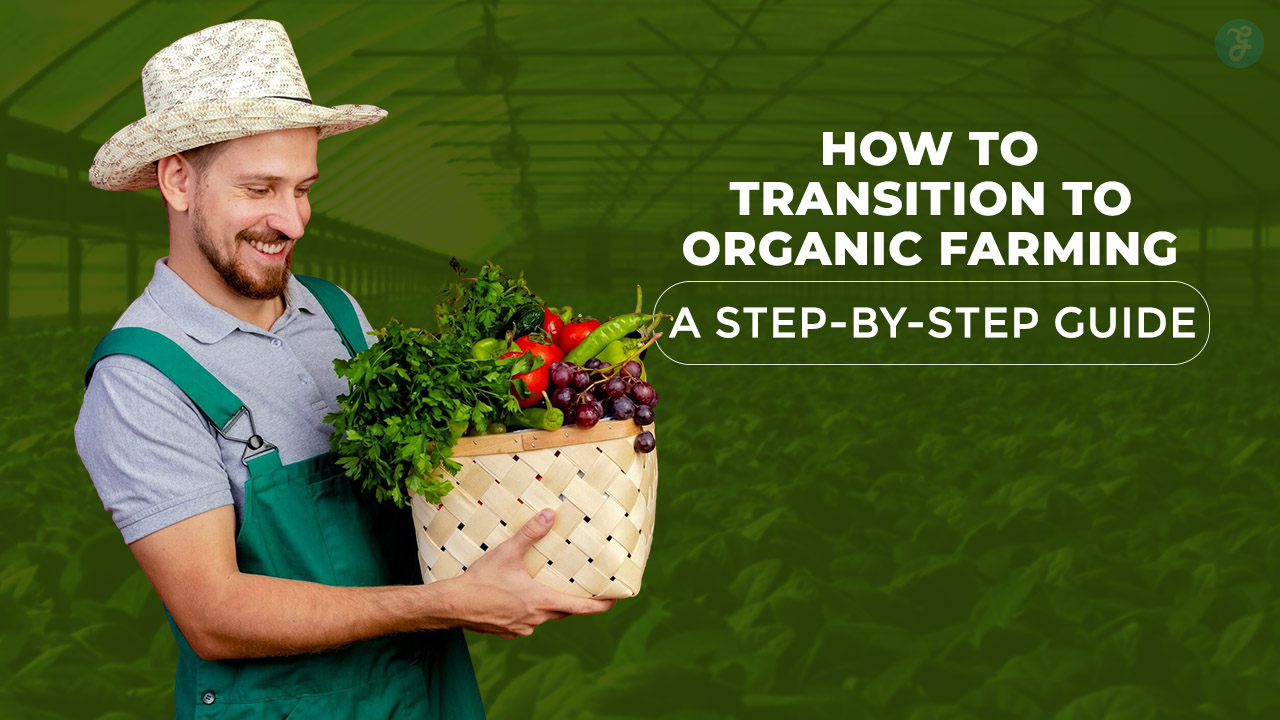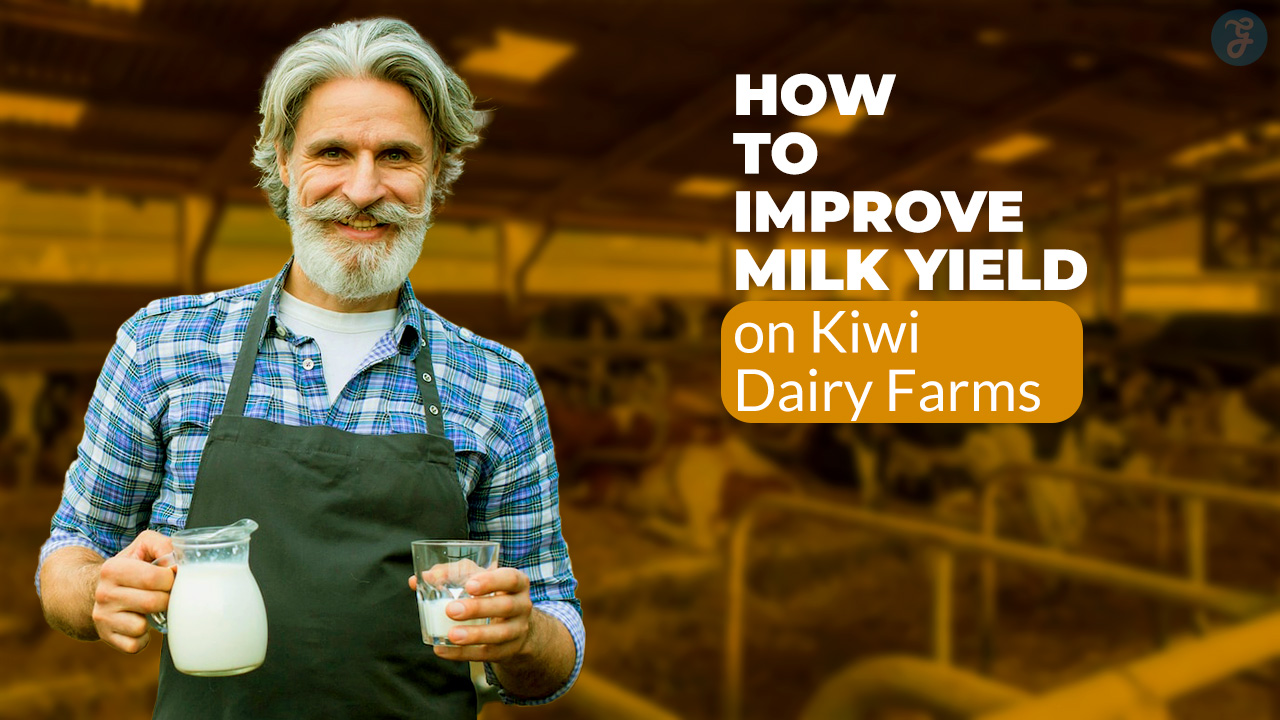In India, agriculture is not just a livelihood; it’s a way of life. With unpredictable weather patterns, market volatility, and the constant threat of pests and diseases, farmers face multiple challenges every year.
As we move into 2025, these challenges have only increased due to climate change and other global factors.
Crop insurance supports farmers in India by offering a safety net against these risks. With the right insurance policy, farmers can safeguard their income, protect their crops, and secure their financial future.
In this article, we will explore five key ways crop insurance helps Indian farmers tackle risks in 2025, ensuring they can face the challenges of modern farming with greater confidence.
Easy Ways Crop Insurance Helps Farmers in India Tackle Risks in 2025
Crop insurance plays a crucial role in securing the livelihoods of farmers in India. It provides financial safety nets that help them recover from unexpected agricultural challenges.
Let’s get into ways of 5 was of crop insurance supports farmers in India:
1. Protecting Against Natural Disasters
One of the biggest risks that Indian farmers face is the unpredictable nature of weather. In recent years, extreme weather events like droughts, floods, and cyclones have wreaked havoc on crop yields across the country.
These weather events can cause massive financial losses, especially when crops are destroyed just before harvest.
How Crop Insurance Helps: Crop insurance policies in India, such as the Pradhan Mantri Fasal Bima Yojana (PMFBY), provide coverage for weather-related damages.
This includes protection against droughts, floods, unseasonal rains, and hailstorms. If a farmer’s crops are damaged due to these events, the insurance policy compensates them for the loss, helping them recover and continue their farming activities.
Case Study: In 2024, farmers in Maharashtra faced severe crop losses due to unseasonal rains. However, those who had crop insurance under the PMFBY were able to receive timely compensation, which helped them recover financially and invest in the next planting season.
Coverage for Weather-related Risks Under Crop Insurance
| Type of Risk | Covered by Crop Insurance (PMFBY) | Compensation Details |
| Drought | Yes | Financial compensation based on crop loss |
| Flood | Yes | Full or partial coverage depending on the extent of damage |
| Unseasonal Rainfall | Yes | Compensation for damage to crops during unexpected rain |
| Cyclones and Storms | Yes | Coverage for wind and rain damage to crops |
| Hailstorms | Yes | Compensation for crop destruction due to hail |
2. Financial Security Against Pests and Diseases
In addition to unpredictable weather, pests and diseases are another major threat to crop health in India.
The country is home to a variety of crops, each susceptible to different pests and diseases.
These infestations can lead to significant reductions in crop yields, resulting in financial instability for farmers.
How Crop Insurance Helps: Crop insurance policies offer protection not only against natural disasters but also against the damage caused by pests and diseases.
Farmers who opt for crop insurance can file claims if their crops are affected by diseases such as wilt, rust, or pest attacks like locusts.
Example: In 2023, a massive locust attack in Rajasthan devastated crops, particularly wheat and vegetables. Farmers who had crop insurance were able to claim compensation for the losses, which allowed them to recover quickly and replant their crops in the next season.
Crop Insurance for Pest and Disease Protection
| Type of Risk | Covered by Crop Insurance | Example of Crops Affected |
| Pests (e.g., locusts) | Yes | Wheat, Vegetables, Pulses |
| Plant Diseases (e.g., Wilt, Rust) | Yes | Cotton, Rice, Soybean |
| Bacterial and Fungal Infections | Yes | Tomato, Groundnut, Banana |
3. Market Price Fluctuations
One of the lesser-known risks that Indian farmers face is market price fluctuations.
Agricultural products are highly susceptible to price volatility due to various factors such as demand-supply imbalances, global trade issues, and seasonal changes.
This uncertainty makes it difficult for farmers to predict their income.
How Crop Insurance Helps: Crop insurance schemes like Revenue Insurance help protect farmers from price fluctuations by ensuring a stable income.
In case the market price of a particular crop falls below a certain level, the insurance policy compensates the farmer for the difference, ensuring that they still receive a fair income for their produce.
Example: During the 2024 tomato season, prices fell sharply due to an oversupply in the market.
However, farmers who had revenue insurance received compensation for the loss in income, which protected them from financial strain.
Crop Insurance for Price Fluctuations
| Crop Type | Price Fluctuation Coverage | Compensation Details |
| Fruits (e.g., Tomato) | Yes | Compensation based on market price loss |
| Grains (e.g., Wheat) | Yes | Coverage for price drops below insured value |
| Oilseeds (e.g., Soybean) | Yes | Coverage for market price decline affecting revenue |
4. Encouraging Agricultural Investment
For many farmers, investing in new technologies or better farming practices is essential to increase productivity.
However, the risks associated with farming often discourage them from making these investments.
Crop insurance can provide a safety net that encourages farmers to adopt better farming techniques.
How Crop Insurance Helps: With the financial protection that crop insurance offers, farmers feel more confident to invest in modern equipment, high-yield seeds, and sustainable farming practices.
This not only improves the quality of their crops but also increases their overall productivity.
Example: In Punjab, a group of farmers who previously avoided using modern irrigation systems due to the risk of crop loss from inconsistent weather conditions decided to invest in drip irrigation after purchasing crop insurance.
The insurance ensured that they could recover from any losses and continue investing in advanced farming techniques.
How Crop Insurance Promotes Agricultural Investment?
| Investment Area | Supported by Crop Insurance |
| Modern Irrigation Systems | Yes |
| High-Yield Seeds | Yes |
| Sustainable Farming Practices | Yes |
| Fertilizer and Equipment | Yes |
5. Government Schemes and Subsidies
India’s government has introduced various schemes to make crop insurance accessible to farmers, especially small and marginal farmers.
These schemes often offer subsidies that significantly reduce the cost of insurance premiums, making it more affordable for farmers to insure their crops.
How Crop Insurance Helps: Government-backed schemes like the PMFBY and National Agricultural Insurance Scheme (NAIS) have been pivotal in ensuring that farmers, particularly those in rural areas, can benefit from crop insurance.
These schemes provide substantial premium subsidies, making it easier for farmers to secure insurance without burdening their finances.
Example: In 2024, the government increased its subsidy for crop insurance premiums in Uttar Pradesh, which allowed thousands of farmers to enroll in the scheme without worrying about high costs.
Government Crop Insurance Schemes and Subsidies
| Scheme Name | Coverage Details | Premium Subsidy |
| PMFBY | Coverage for all crops, including weather and pest risks | 50%-90% subsidy |
| NAIS | National coverage for crop loss due to natural disasters | 25%-50% subsidy |
| Weather-based Insurance | Coverage based on weather parameters (e.g., rainfall) | 50%-75% subsidy |
Crop Insurance Supports Farmers in India: A Growing Necessity in 2025
As agriculture continues to face mounting challenges, crop insurance in India is becoming more essential than ever before.
With factors like climate change, financial instability, and market unpredictability, the need for robust crop insurance solutions has never been more critical.
By providing a safeguard against these risks, crop insurance empowers farmers to make informed decisions and invest in their future, even in the face of adversity.
This growing necessity is reinforced by the increasing awareness and adoption of crop insurance policies across rural India.
How Digital Platforms Are Enhancing Crop Insurance Access in India?
In recent years, digital platforms have revolutionized the way farmers in India access crop insurance.
Mobile apps and online portals have simplified the process of signing up for insurance, making it more convenient and accessible for farmers, particularly in rural areas.
With features like instant claim registration, real-time policy updates, and easy premium payments, digital platforms are breaking down traditional barriers and ensuring that crop insurance reaches even the most remote corners of the country.
Takeaways
As we approach 2025, crop insurance supports farmers in India by providing a vital safety net that enables them to manage a variety of risks.
Whether it’s unpredictable weather, pests, market fluctuations, or financial insecurity, crop insurance helps farmers maintain their livelihoods and safeguard their future.
By offering protection against a range of risks, crop insurance supports farmers in India in adopting modern farming practices, investing in new technologies, and ultimately improving productivity.
With ongoing government support and the growing availability of digital platforms for policy management, the future of crop insurance in India looks bright.
As we move forward, farmers are likely to increasingly turn to crop insurance as a key tool in managing agricultural risks and ensuring financial stability.

















































